NEARBY ATTRACTIONS
Step into Patiala: Where Every Corner Tells a Tale
Patiala, a city steeped in history and resplendent with cultural richness, invites visitors to embark on an unforgettable journey through the heart of Punjab, India. Known for its majestic palaces, vibrant bazaars, and a legacy of valor, Patiala showcases the perfect blend of tradition and modernity. The city’s architectural marvels, such as the iconic Qila Mubarak and Sheesh Mahal, stand as testaments to its royal past. Visitors can explore the bustling streets, adorned with colorful turbans and traditional attire, and savor the delectable Punjabi cuisine that Patiala is renowned for. The warmth of the local hospitality, coupled with the city’s rich cultural tapestry, makes Patiala a captivating destination where every corner tells a tale, and every experience is a celebration of Punjab’s spirited essence.
The Baradari Palace – Neemrana Heritage Hotel
Situated near the historic Shera Wala Gate, Baradari Palace stands as a living testament to Patiala’s heritage. Originally built as a residence for the esteemed crown prince, Rajinder Singh, the palace gives an aura of grandeur and architectural wonder. The meticulously landscaped Baradari Garden, surrounding the palace, once served as the private abode for the prince, a calm place amidst the bustling city. Today, this has been restored and transformed into the Baradari Palace Heritage Hotel by the Neemrana Group. Guests are invited to step into a ancient era of princely splendor. The hotel offers a blend of old-world charm and modern amenities, providing a unique experience to everyone.
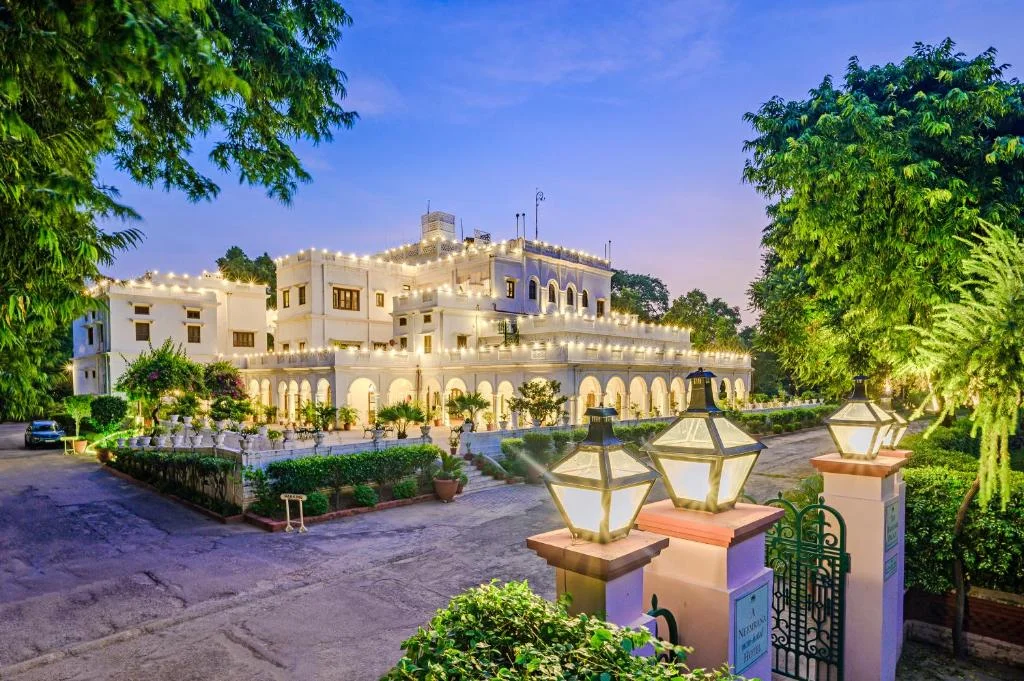
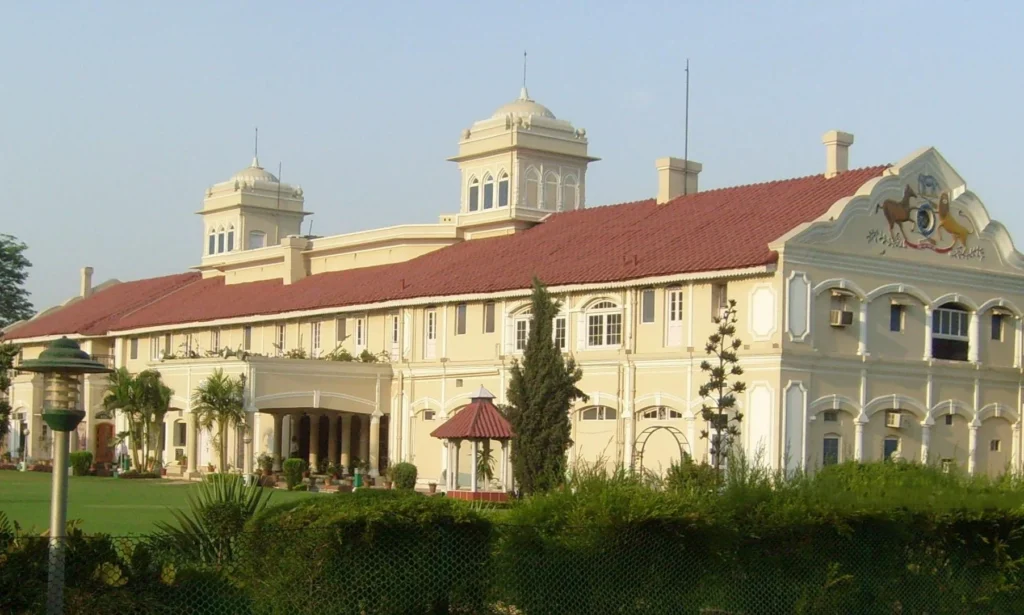
Rajindra Gymkhana & Maharani Club
Rajindra Gymkhana & Maharani Club in Patiala, Punjab, Established during the princely era of Patiala, the club was built as a recreational space for the royalty and elite, reflecting the grandeur of the time. This prestigious club boasts historic architecture and lush surroundings, creating an inviting atmosphere for members and guests alike. The Rajindra Gymkhana, named after the former crown prince Rajinder Singh, and the Maharani Club, paying homage to the royal queens, have evolved into a hub for sports, social gatherings, and cultural events. The club’s facilities include sports arenas, recreational spaces, and a serene ambiance that transports visitors to an era of elegance. The club’s doors are open, welcoming both history enthusiasts and those seeking a relaxing retreat, making it a must-visit destination for a well-rounded experience of Patiala’s cultural and recreational offerings.
Shri Kali Mata Mandir
Situated along the vibrant Mall Road near Shera Wala Gate in Patiala, the Shri Kali Mata Mandir is a spiritual place that adds a touch of divinity to the city’s cultural landscape. This temple holds the honor of being one of only two dedicated to Kali Mata in all of India. The temple’s rich history is intertwined with the legacy of Maharaja Bhupinder Singh, who personally brought the sacred idol of Kali Mata from Kolkata, infusing the temple with historical significance. As visitors approach the temple, they are greeted by an atmosphere of sanctity, complemented by the rhythmic chants and vibrant colors that adorn the shrine. The Kali Mata Mandir stands not only as a testament to religious diversity but also as a living testament to the cultural exchange that characterizes Patiala’s rich heritage.
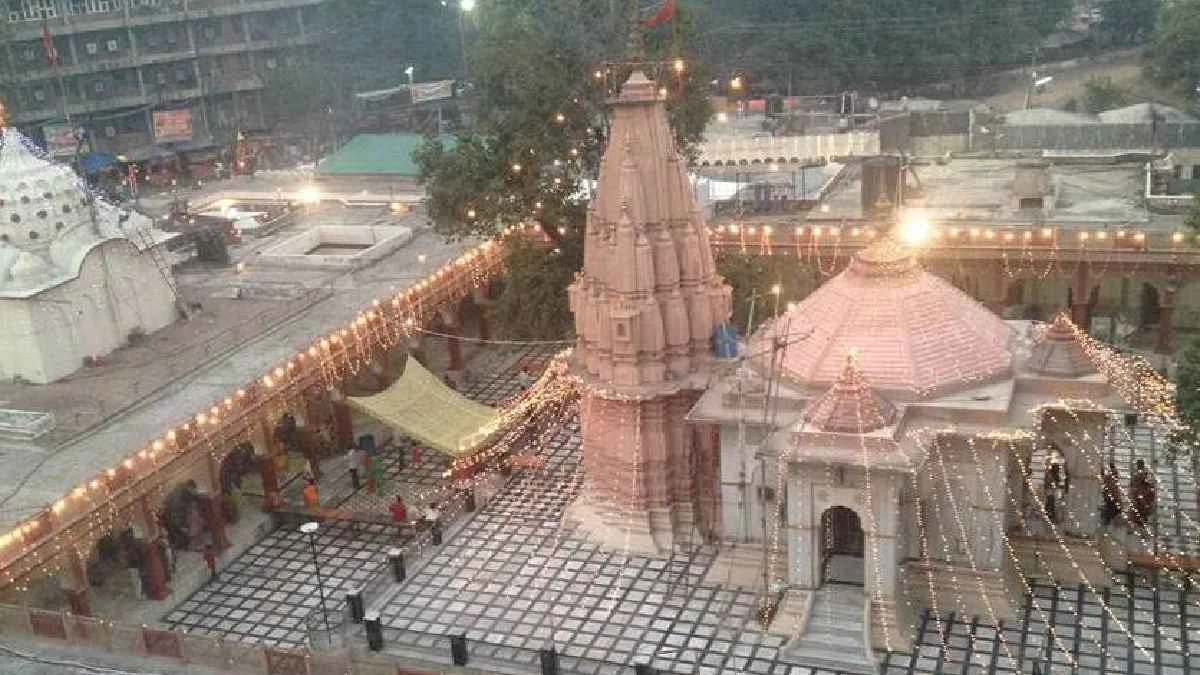

Gurudwara Dukhniwaran Sahib
This historical Gurudwara is located just 0.5 Kms away from the Baradari Garden in Patiala, Punjab, and is known as Gurudwara Dukhniwaran Sahib. Its sacred grounds resonate with the footsteps of the Ninth Guru, Guru Teg Bahadur Ji, who graced this place with his presence around the year 1672. The Gurudwara stands as a timeless symbol of spiritual solace, embodying the teachings of compassion and resilience preached by Guru Teg Bahadur Ji. Pilgrims and visitors alike are drawn to the peace of this revered site, seeking not only religious blessings but also a connection to the Sikh history and culture. The spiritual aura and historical significance make Gurudwara Dukhniwaran Sahib a must-visit destination for those exploring the cultural heritage of Patiala.
Qila Mubarak
This 18th-century marvel, Qila Mubarak, commands the heart of Patiala, Punjab, resonating with the historical significance. Serving as the ancestral abode of the royal family until 1862, this fortress is a testament to the vision and dedication of Patiala’s founding ruler, Baba Ala Singh. The construction, initiated by Baba Ala Singh, found completion under the leadership of his grandson Maharaja Amar Singh, marking a seamless blend of architectural brilliance and dynastic legacy. The fort’s imposing structure and intricate detailing showcase a synthesis of Rajasthani, Mughal, and Punjabi architectural styles, offering visitors a captivating journey through time. Beyond its architectural grandeur, Qila Mubarak stands as a living archive, preserving the cultural and historical heritage of Patiala for generations to come. As visitors explore its courtyards, museums, and grand halls, they immerse themselves in the rich legacy that has shaped Patiala’s identity over the centuries.
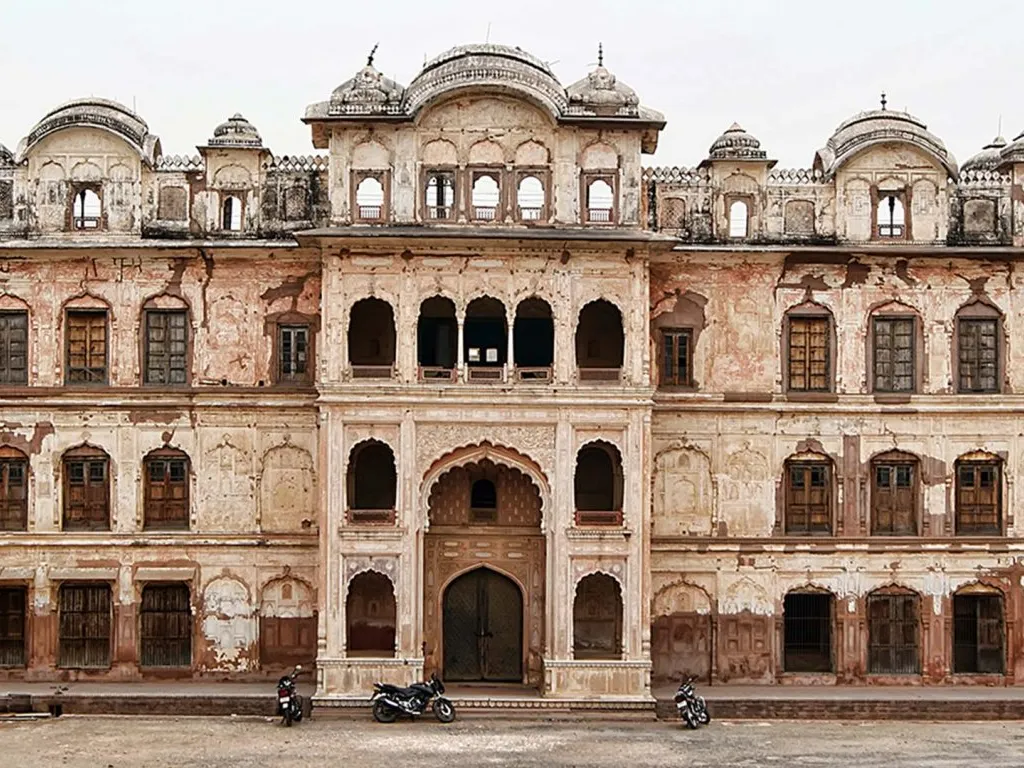
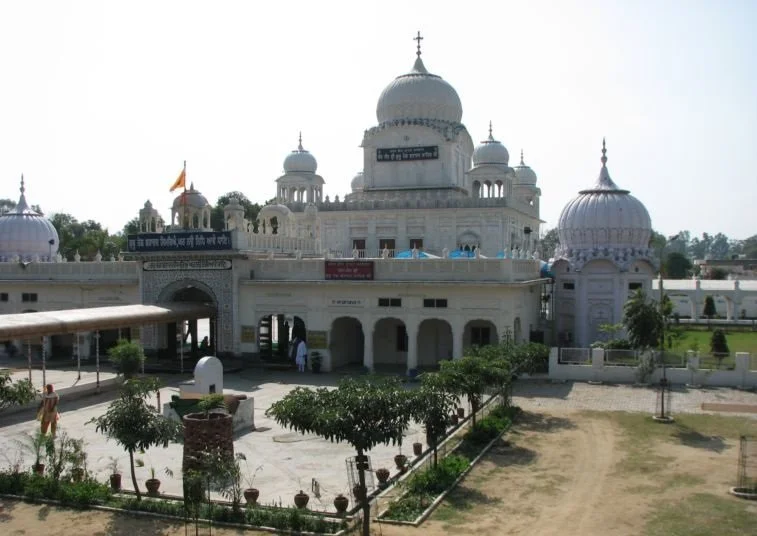
Gurudwara Sri Moti Bagh Sahib
Situated near the National Institute of Sports, Gurudwara Moti Bagh Sahib in Patiala, Punjab, is a revered historical site resonating with the sacred visit of the Ninth Guru, Guru Teg Bahadur Ji, around the year 1675. The gurudwara, surrounded by serene surroundings, holds not just religious significance but also echoes with the spiritual aura of Guru Teg Bahadur Ji’s visit. The name “Moti Bagh” translates to “Pearl Garden,” adding a touch of poetic beauty to the site. Pilgrims and devotees find solace in the tranquil ambiance of this historical gurudwara, which has stood witness to centuries of faith and devotion. With its architectural grace and spiritual allure, Gurudwara Moti Bagh Sahib is not just a place of worship but a living testament to Patiala’s rich cultural and religious heritage.
Sheesh Mahal
Sheesh Mahal, an example of architectural grandeur, stands as one of the most captivating structures in Patiala. Maharaja Narinder Singh’s vision came to life between 1845 and 1862 when he commissioned the construction of this palace behind the main Moti Bagh Palace. A remarkable fusion of Mughal and European architectural styles, Sheesh Mahal was designed not merely as a residence but as a tranquil retreat, surrounded by a lush forest, an artificial lake, fountains, and enchanting gardens. Adding to its allure, a suspension bridge, resembling the iconic Laxman Jhula in Rishikesh, graces the surroundings. This palace is not just an architectural marvel but also a canvas of spectacular artistry, boasting intricate mirror work and detailing that captivates every visitor. Sheesh Mahal, with its blend of history and artistic brilliance, continues to be a testament to Patiala’s rich cultural legacy.
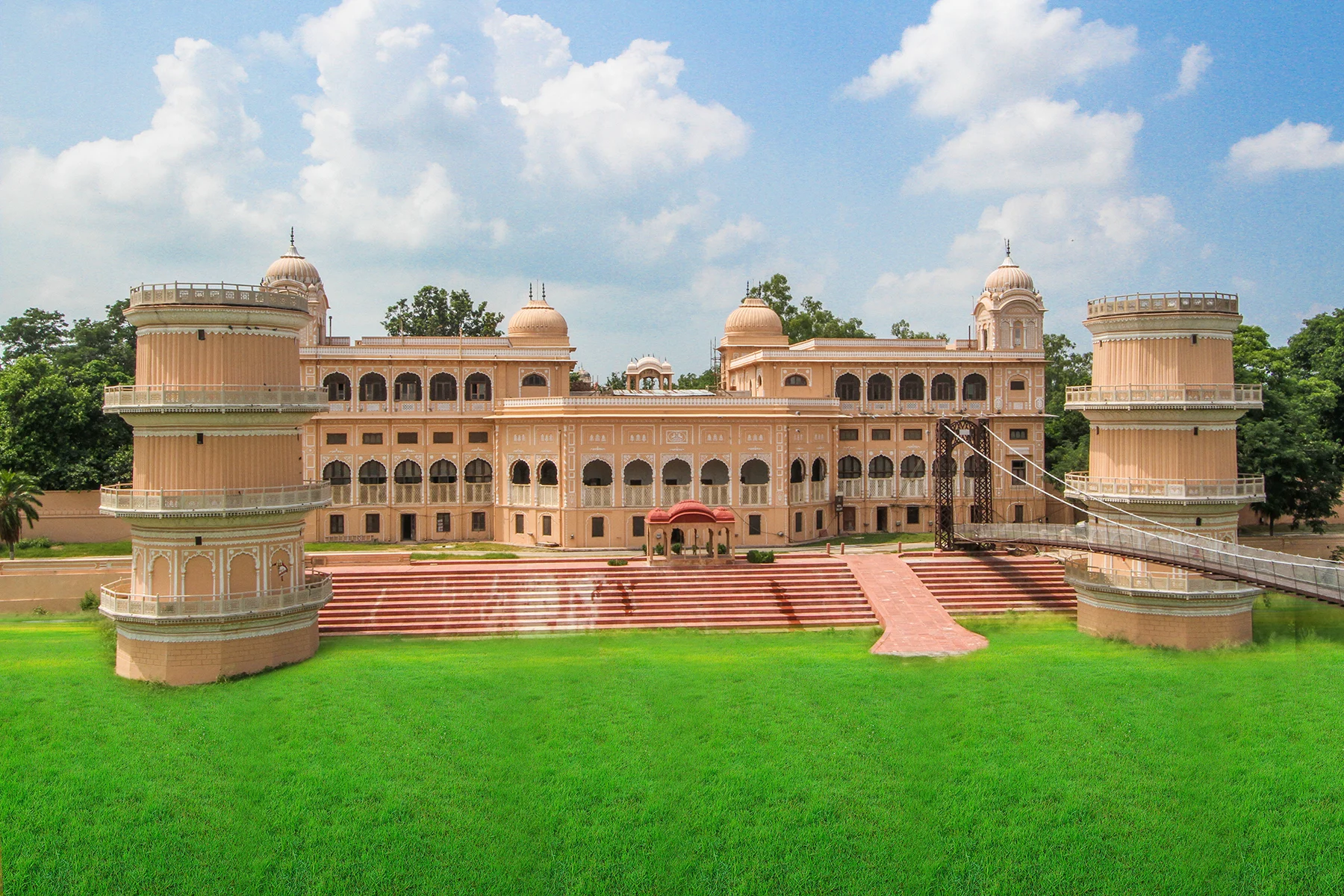
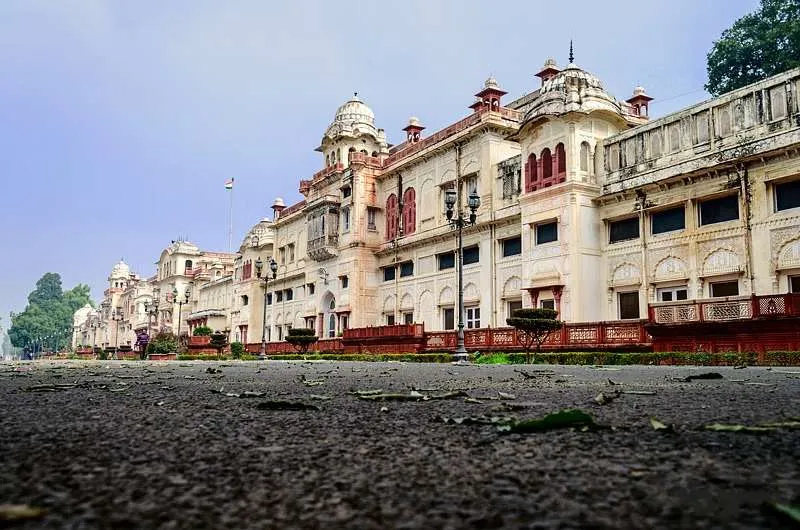
National Institute of Sports (NIS)
Netaji Subhas National Institute of Sports, commonly known as National Institute of Sports (NIS), is the academic wing of the Sports Authority of India (SAI) and Asia’s largest sports institute located in city of Patiala. NIS was Founded on 7 May 1961, the institute was renamed as Netaji Subhas National Institute of Sports in January 1973 NIS is housed in the Old Moti Bagh Palace of the erstwhile royal family of Patiala State, which was purchased by Government of India after Indian Independence. At NIS Patiala, a green railway wagon tells a tale of Maharaja Bhupinder Singh’s historic victory. During the British era, a race between the Maharaja’s horse and a train took place, after the maharaja joked about how his horses were faster than the train. Maharaja emerged victorious in this 28 km race, and as a reward, he received the wagon. Now, at NIS, it stands as a reminder of this remarkable moment in history.
